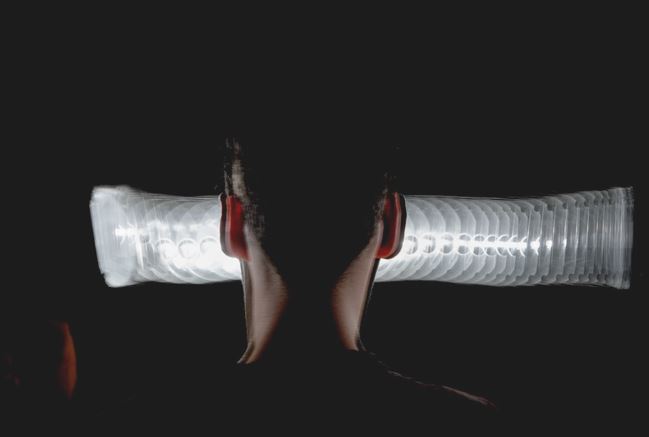The Press Department of the Ruhr-Universität Bochum reports on their newsportal: Strobe light or acoustic stimulation can put the brain in the right rhythm. Patients could also benefit from this one day.
During certain mental processes, such as remembering, nerve cell networks in the brain generate a special rhythmic activity. Various stimuli, such as light or sounds, can influence these oscillations in brain activity – and this can improve memory. This is the conclusion reached by neuroscientists at the RUB, the University of Birmingham and Emory University Hospital in Atlanta in a review article in the journal “Trends in Neurosciences”, published online on June 6, 2019.
Light or sound as triggers
The authors have collected results from different studies and describe that brain oscillations can be triggered by different methods and that the rhythmization of brain activity can improve memory performance. Both invasive procedures such as deep brain stimulation and non-invasive techniques such as electromagnetic stimulation on the scalp, stroboscopic light or corresponding acoustic stimulation are possible. The neurons in the brain absorb the rhythm given by the stimulus.
Therapeutic approach for memory disorders
“Of course, many more studies are needed to fully understand this effect,” says Simon Hanslmayr of the University of Birmingham, lead author of the article. “But triggering rhythmic brain activity seems to be a promising way to improve memory performance, both in healthy people and in patients suffering from diseases such as Alzheimer’s disease.
It is well known that rhythmic brainwaves are important for shaping, maintaining, consolidating and recalling memories. “How exactly these cognitive abilities are related to brain oscillations needs to be further researched in order to develop effective treatments for people with memory impairment,” says Nikolai Axmacher.
Further research questions
According to the authors, future research work should deal with the following questions: What is the therapeutic potential of the rhythmisation of brain activity? How do different stimulation methods influence the results and how can virtual and augmented reality be used? Which neuronal mechanisms are influenced by brain oscillations in different frequency ranges and how are they related to memory?

